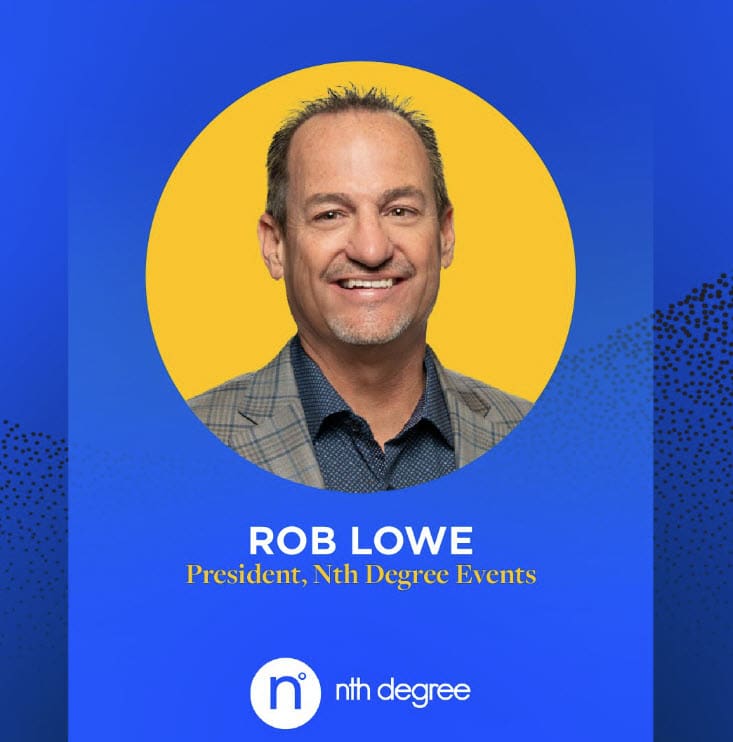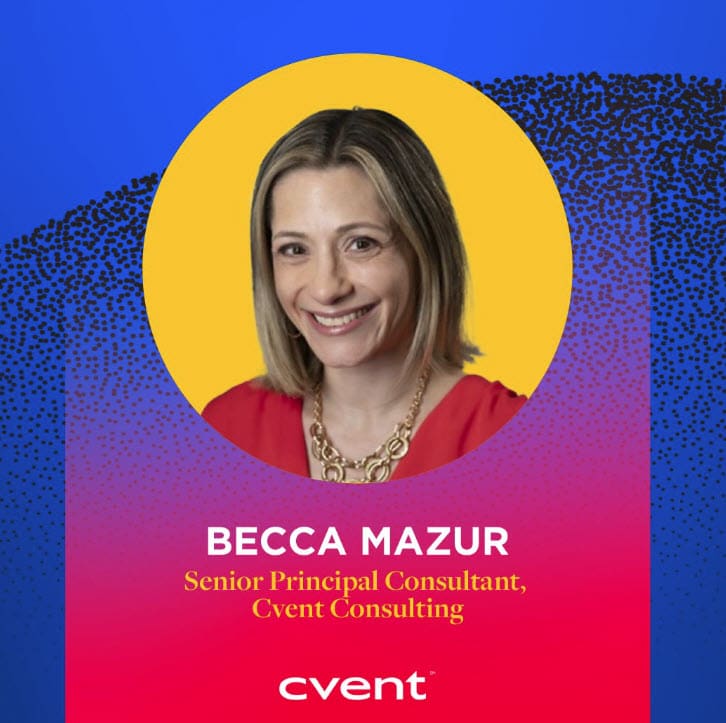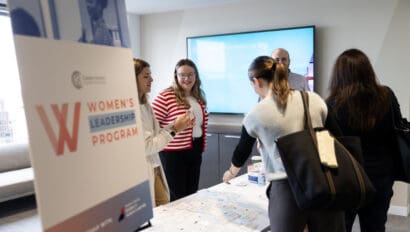Research & Insights
Designing for Belonging: Rethinking Inclusion in Event Strategy

“I’ve been leading events for years, but I still find myself asking: What makes someone feel truly welcomed at a gathering?”
“I’ve been leading events for years, but I still find myself asking: What makes someone feel truly welcomed at a gathering?”
That question was front of mind as I joined Ovation’s Behind the Curtain conversation.
Recently, I had the pleasure of joining a thought-provoking conversation hosted by Ovation Events as part of their Behind the Curtain webinar series. The theme? How to elevate live events without breaking the budget—while staying rooted in creativity, strategy, and inclusion.
I joined experts Rob Lowe of Nth Degree and Becca Mazur of Cvent to unpack three essential event topics: strategic city selection, data-driven planning, and inclusive design. My focus was the latter—how to design experiences that are not only inclusive but also emotionally resonant and commercially viable.
Start with the Outcome, Not the Logistics
One of the themes I emphasized was this: inclusion doesn’t start with signage, captions, or checklists. It starts with outcomes. What do you want people to feel during your event? What conversations do you want them to have afterward? Before you book a venue or build a run-of-show, get clear on the emotional, cultural, and business outcomes your stakeholders expect.
One thing I didn’t get to say during the webinar: designing for belonging isn’t about checking boxes—it’s about imagining how your event feels from the inside out.
It’s the Small Decisions That Matter Most
True inclusion lives in the fine print. Things like:
- ADA-compliant registration tables
- Color contrast and font choices in signage
- Captioning available on personal devices
- Quiet zones for attendees needing a sensory break
- Space to take a business call without missing the event
When done right, these choices often go unnoticed—not because they’re unimportant, but because they allow everyone to feel like they belong without needing to ask for special treatment.
Feedback = Design Fuel
We collect attendee feedback before, during, and after every event—not just to meet accessibility needs, but to co-create the experience. When attendees say, “I felt seen,” or, “I didn’t expect to be considered like that,” it confirms that inclusive design is not a “nice to have”—it’s a core business strategy.
Respecting Every Path In and Out
One of the questions I addressed was how to support neurodivergent attendees without creating separate or siloed experiences. My answer: build flexibility for everyone. Make it easy for people to step in and step out without a spotlight on them. Let people engage on their own terms—whether they’re introverted, overstimulated, or just need a minute to regroup. That’s inclusion in action.
4 Things You Can Do Today to Build More Inclusive Events
- Ask attendees what they actually need—don’t assume.
It’s tempting to rely on standard options, but real inclusion begins with real questions. Use registration forms or pre-event surveys to ask about accessibility, dietary needs, neurodivergence, or religious observances. Better data leads to better decisions—and shows attendees you’re listening before they even arrive. - Empowered teams create inclusive, welcoming experiences.
When your team is well informed and genuinely excited about your mission, they become powerful ambassadors of inclusion. Giving staff the autonomy to address challenges on-site not only empowers them but also ensures they show up confidently and authentically. This combination of knowledge, passion, and ownership creates an environment where every guest feels welcomed and valued. - Audit your registration experience—would you feel welcome?
Make sure your registration process is ADA-compliant, easy to navigate on mobile, and uses inclusive language (e.g., offering pronoun fields or non-binary gender options). Try signing up yourself on a phone using screen reader settings—it’s often eye-opening. - Create at least one quiet space—and normalize using it.
Whether it’s a curtained nook, a room with soft lighting, or a lounge with minimal stimulation, quiet spaces are essential for neurodivergent attendees, nursing parents, professionals on call, or anyone who just needs a break. Don’t just offer it—include signage and mentions from the stage so attendees feel empowered to use it.
“Designing for belonging isn’t about checking boxes—it’s about imagining how your event feels from the inside out.”
[ Click the play button below to watch the full webinar ]
In Summary
Events are emotional. Strategic. Purposeful. And above all, human. Designing inclusively is no longer optional—it’s a baseline expectation. I’m grateful to Ovation for the opportunity to explore how we can all stretch further, design smarter, and lead with belonging.
Want to connect about this work?
I’m always happy to keep the conversation going.
What I Took Away from My Fellow Panelists
Rob Lowe made a compelling case for “second-tier cities” (which we all agreed needs a rebrand!) as destinations that can actually heighten creativity and connection—especially when supported by local partnerships and experiential design.
Becca Mazur reminded us that data maturity is a journey, and we don’t need to overcomplicate things to start proving event ROI. Begin with consistent metrics tied to your stakeholders’ priorities—then grow from there.






